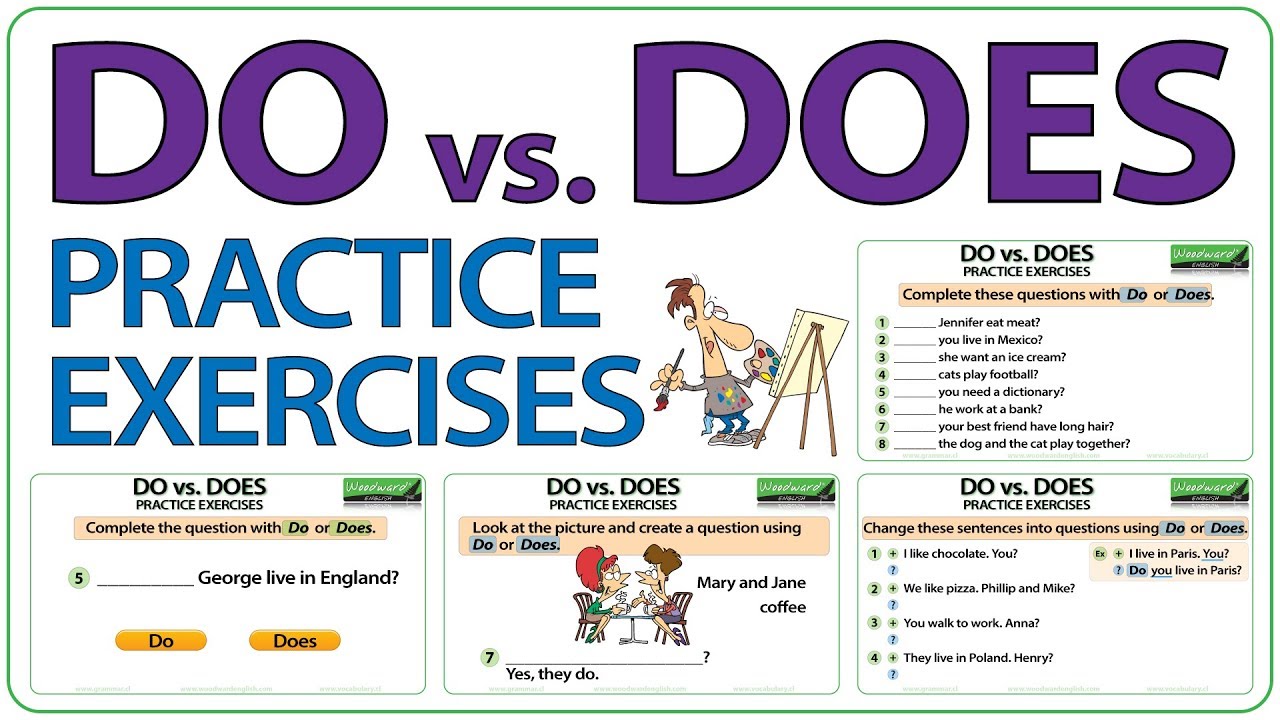Creating a diabetic meal plan is a crucial step in managing diabetes effectively. The goal of such a plan is to keep blood sugar levels within a target range, which helps prevent complications and maintains overall health. A well-structured diabetic meal plan should be tailored to an individual’s specific dietary needs, considering factors such as calorie requirements, lifestyle, and personal food preferences.
Understanding Diabetes and Nutrition
Before diving into the specifics of a diabetic meal plan, it’s essential to understand how diabetes affects the body and how nutrition plays a role. Diabetes is a condition characterized by high levels of blood sugar, or glucose, which can be due to the body’s inability to produce enough insulin (Type 1 diabetes) or to effectively use the insulin it produces (Type 2 diabetes). Insulin is a hormone that helps glucose enter cells to be used for energy.
Nutrition is key in managing diabetes because the types and amounts of food you eat affect your blood sugar levels. A diabetic meal plan typically focuses on whole, unprocessed foods like vegetables, whole grains, lean proteins, and healthy fats. These foods are rich in nutrients, fiber, and have a more gradual effect on blood sugar levels compared to processed and sugary foods.
Components of a Diabetic Meal Plan
A comprehensive diabetic meal plan includes several components designed to help manage blood glucose levels and improve overall health. These components can be structured under a few key areas:
Carbohydrate Counting: Carbohydrates have the biggest impact on blood sugar levels. A diabetic meal plan often involves counting carbs to ensure consistency, which helps regulate blood sugar levels. Foods high in carbs include grains, starchy vegetables, fruits, dairy products, and sugary foods.
Glycemic Index (GI): The GI is a measure of how quickly foods raise blood sugar levels. Foods are ranked on a scale from 0 to 100, with higher values given to foods that cause the most rapid increase in blood sugar. Choosing foods with a lower GI can help manage blood sugar levels.
Meal Frequency and Timing: Eating regular, balanced meals can help maintain stable blood sugar levels. For many people, this means three main meals and one or more snacks per day. However, the ideal meal frequency can vary based on individual factors, including lifestyle and the type of diabetes.
Portion Control: Managing portion sizes is crucial to maintain a healthy weight and control calorie and carb intake. Using measuring cups or a food scale can help gauge portion sizes accurately.
Hydration: Adequate hydration is vital for everyone, especially those with diabetes. Water and other low-calorie drinks can help control blood sugar levels and prevent dehydration.
Creating a Personalized Diabetic Meal Plan
Creating a personalized diabetic meal plan involves several steps:
Consult a Healthcare Provider or Dietitian: Start by consulting with a healthcare provider or a registered dietitian who specializes in diabetes. They can provide guidance tailored to your specific health needs, lifestyle, and preferences.
Assess Dietary Needs: Evaluate your current diet, including what you eat, how much, and when. Consider your lifestyle, including work schedule, activity level, and any dietary restrictions.
Set Goals: Determine what you want to achieve with your meal plan, whether it’s to lose weight, improve blood sugar control, or simply feel healthier.
Plan Your Meals: Use the information gathered to plan your meals. Consider meal ideas that are balanced, include a variety of foods, and fit within your carb and calorie goals.
Monitor Progress: Keep track of what you eat, your portion sizes, and how your body responds. Use a food diary or an app to help monitor your diet and blood sugar levels.
Sample Diabetic Meal Plan
Here’s a sample meal plan for one day, focusing on balanced meals and snacks:
- Breakfast: Oatmeal with fruit and nuts (250 calories, 30g carbs)
- Mid-Morning Snack: Greek yogurt with berries (100 calories, 15g carbs)
- Lunch: Grilled chicken breast, brown rice, and steamed vegetables (400 calories, 40g carbs)
- Afternoon Snack: Carrot sticks with hummus (100 calories, 10g carbs)
- Dinner: Baked salmon, roasted sweet potatoes, and green beans (500 calories, 60g carbs)
- Evening Snack (optional): Small apple (95 calories, 20g carbs)
This plan provides approximately 1,445 calories and 165g of carbs, distributed over three meals and two snacks. However, this is just an example and actual calorie and carb needs can vary significantly from person to person.
Conclusion
A diabetic meal plan is not a one-size-fits-all solution. It requires understanding your body’s needs, considering your lifestyle, and making informed choices about what you eat. By working with healthcare professionals, staying educated about diabetes and nutrition, and being committed to your health goals, you can create a personalized meal plan that helps you manage your diabetes effectively and improves your overall quality of life.
What are the primary goals of a diabetic meal plan?
+The primary goals of a diabetic meal plan are to manage blood sugar levels, maintain a healthy weight, and prevent diabetes-related complications. This is achieved by eating a balanced diet that is rich in nutrients, fiber, and has a minimal impact on blood glucose levels.
How often should I eat if I have diabetes?
+The frequency of meals for individuals with diabetes can vary. Generally, eating three main meals and one or more snacks per day can help maintain stable blood sugar levels. However, this can depend on factors such as lifestyle, activity level, and the type of diabetes. It’s best to consult with a healthcare provider or dietitian for personalized advice.
What types of foods should I include in my diabetic meal plan?
+Foods that are rich in nutrients, fiber, and have a low glycemic index are beneficial. These include non-starchy vegetables, whole grains, lean proteins, and healthy fats. Fresh fruits, in moderation, and low-fat dairy products can also be part of a healthy meal plan. It’s advisable to limit intake of sugary foods, saturated fats, and refined carbohydrates.



